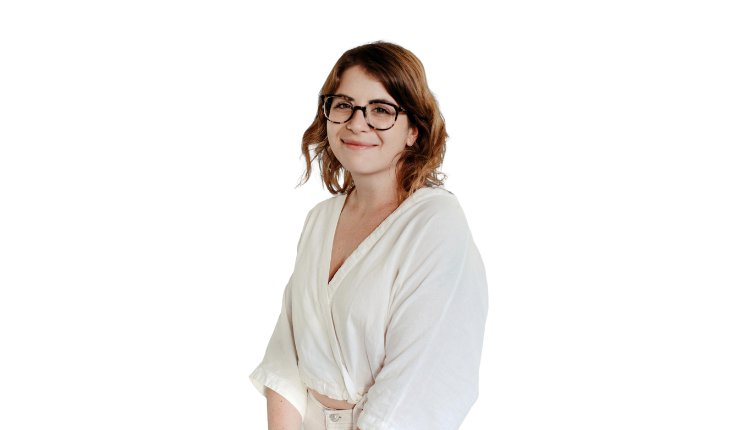
Gaia Giladi [GG] is the co-founder and Chief Creative of HILOS, a footwear brand established to deliver products in a more sustainable way with 3D printing.
On an episode of the Additive Insight podcast in April 2023, Giladi detailed the stark reality of footwear manufacture, while also explaining the benefits of 3D printing and computational design.
TCT: You’ve had a passion for fashion and design from an early age, is the sustainability angle of HILOS a passion or you just looking out at the world and thinking there is an obvious need for that to be incorporated into your work?
GG: Being in the fashion industry allowed me to see all of its flaws before starting HILOS and I was coming up already with some creative solutions on my own before I started HILOS, like upcycling jackets or using my fabric scraps from fashion school to start a little Etsy shop on selling pillows. And so it was, it’s always kind of been on the forefront of my mind. But when starting HILOS, it really was inspired by 3D printing. And the technology itself allows for circularity on a level that traditional manufacturing doesn’t, because you’re able to use a single material. And you’re also able to create assembly mechanisms that you can disassemble and help recycle each of the component parts.
TCT: So, could you explain the drawbacks of the standard manufacturing processes in the footwear industry?
GG: I love that you ask that question, because I always say that you have to understand how traditional shoes are made in order to understand why HILOS even exists. And there is a beauty to traditional handcraft that we really respect but the manufacturing of mass produced footwear has an extremely dark side. Compromises on quality and ethics are made in order to produce quicker, cheaper and more. And factories have high minimum quantity orders that brands have to predict six to 12 months in advance how many sizes and colors, they’re going to sell of each style in order to allow time for the factories to make those things and ship them overseas. This process ends in overproduction of some of the styles. So those get thrown away or incinerated. And then it also ends up in selling out of other styles and the brands are then missing out on an unquantifiable number of potential sales. So, it really is a massive problem in our industry. 24 billion shoes are made every year and one out of five are sent straight to the landfill. So, we need to learn how to sell more, because brands are not going to stop trying to grow, while making less. And we really believe that 3D printing is the technology that’s going to get us there. It allows us to print parts on demand only after a customer orders and we’re able to customise our tooling for rapid assembly methods, that we can actually localize and deliver made to order products directly to customers within seven to ten days of their order.
TCT: The HILOS solution harnesses 3D printing but computational design as well. What does the combination of those technologies allow HILOS to do in terms of design and development?
GG: Rather than using it to, to replace the traditional way of making, we like to always say ‘think additive’. It’s something that we’ve said from the very beginning and it’s something that really allows us to, if we’re kind of questioning a pathway, or a process that we’re putting in place, we try to go back to that motto and say, ‘Are we thinking additive? Is this something that others can do? Or is this something unique to 3D printing?’ Because, ultimately, what is our purpose? We want to bring something new to the industry, the industry does not need more traditional shoes. And so we use 3D printing as a tool to invent new methods of make, to allow for ondemand manufacturing, and to avoid over and under producing by only making after the customer orders. And then computational design actually helps solve a different problem, which is slow development turnaround. So, designers are typically left waiting for prototypes from factories for about four to six weeks, depending on where that factory is, and how quick they can be how many other projects they have going on. And this is really just the slow nature of moldmaking and shipping overseas, since most shoe factories are based in Asia. So using computational design, and 3D printing, within a set of design parameters can take you from sketch to physical sample in just 48 hours, can take you from sketch in just 48 hours, which is real. We do that all the time.




